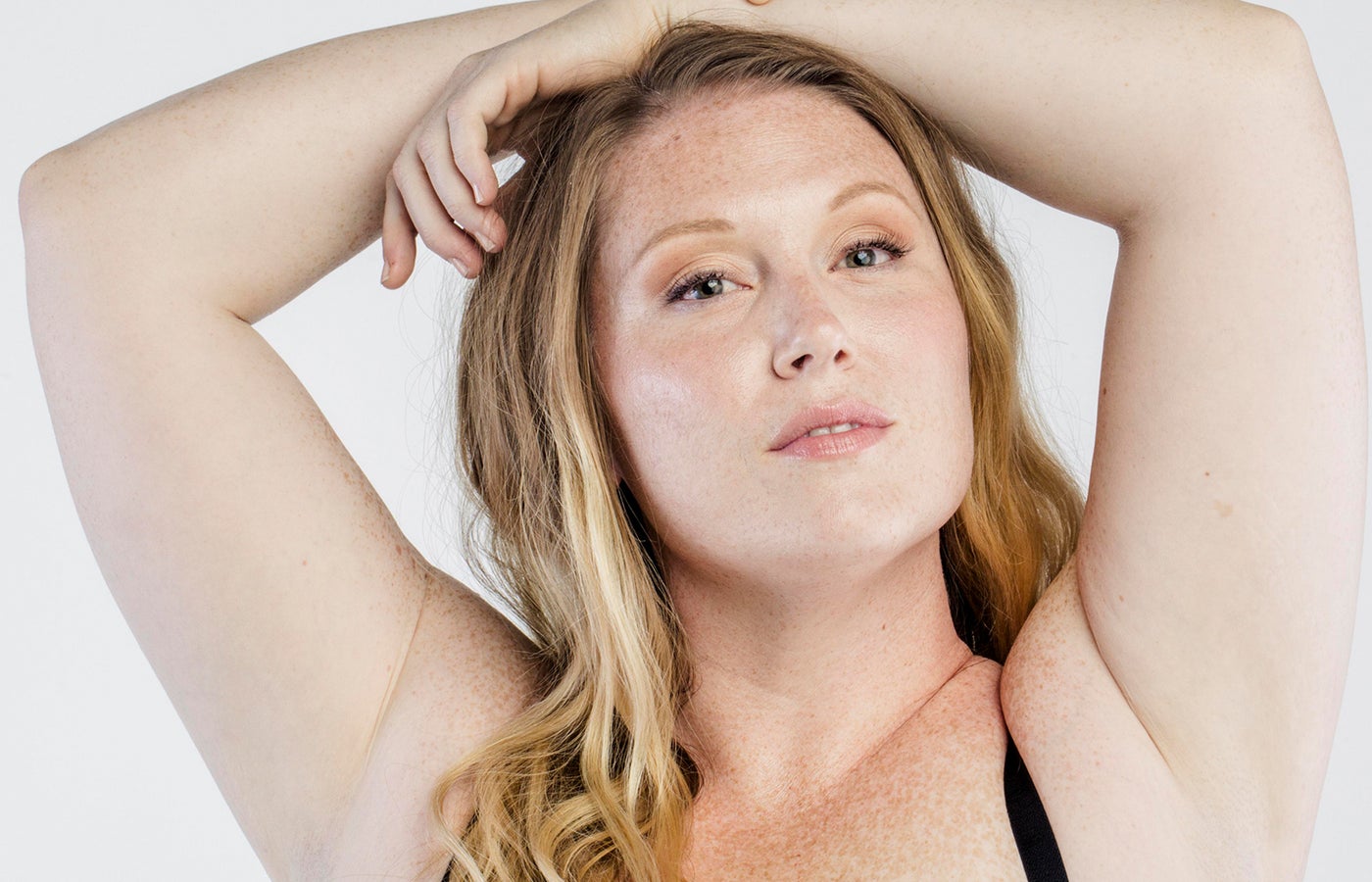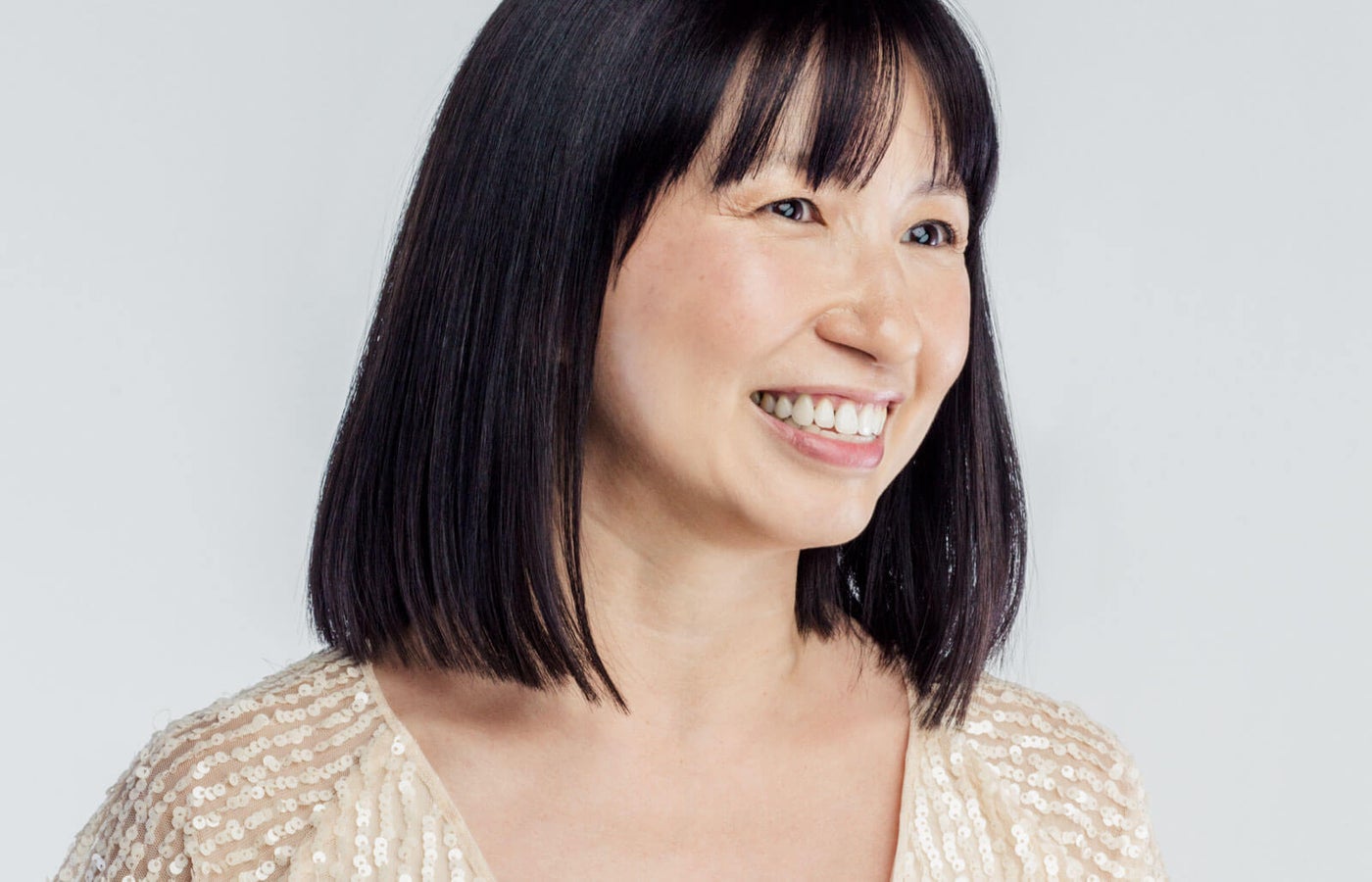Jowls
As we age, excess or sagging skin along the jawline and neck—commonly referred to as jowls—can become prominent. For those looking to reduce the appearance of jowls, there are both at-home and in-office treatments available. These include everything from injectables and surgery to face creams.
As we age, excess or sagging skin along the jawline and neck—commonly referred to as jowls—can become prominent. For those looking to reduce the appearance of jowls, there are both at-home and in-office treatments available. These include everything from injectables and surgery to face creams.
What causes it
Top treatments
Other options to consider
Skin-care solutions
Excess skin along the jawline and below the cheeks is commonly referred to as jowls. “Sagging of the area fundamentally alters the naturally crisp contour of the chin and the jawline transition into the upper neck,” says Dr. Donna Hart, a dermatologic surgeon in Cedar Park, Texas.
As the facial skin and fat pads begin to droop, the area along and below the chin becomes distorted, giving the face a heavy appearance.
Nearly everyone develops some degree of jowling as they age, losing the collagen that helps maintain skin’s firmness and elasticity. “Eventually, this area begins to sag, due to the pull of gravity,” says Dr. Hart. In addition to general aging and gravity, there are a variety of other factors that can speed up the development of jowls.
- Fat loss. Significant weight loss and the sagging skin that comes with it can create jowls; we also naturally lose fat in our faces as we age, and the remaining fat pads can “slide down,” pulling skin down with it. “Fat tends to atrophy [melt away] where you’d like it to stay—like high in the cheeks—and to increase in volume where you don’t want it, like in the jowl area, in the neck, and above the nasolabial folds,” says Dr. Law.
- Muscle & bone loss. Over time, muscles can also become too lax to fully support the fat and skin. Bone loss, which often kicks in after age 35, is another factor.
- Poor lifestyle choices. Certain habits can also create jowls. For instance, sun exposure, smoking, or yo-yo dieting can all influence how pronounced your jowls may become.
Successful jowl treatment, like any form of facial rejuvenation, starts with determining the underlying cause, says Dr. Michael Law, a plastic surgeon in Raleigh, North Carolina. An experienced provider can assess your facial structure and explain your best treatment options, from facial exercises to noninvasive solutions to plastic surgery.
“Combination approaches will give you a more significant improvement than a single procedure,” says West Hollywood, California, dermatologic surgeon Dr. Jason Emer. For instance, combining filler with a nonsurgical skin tightening procedure may deliver the best results.
- Dermal fillers, such as Voluma, can be placed in the cheeks or just in front of the ears, to help temporarily reduce the appearance of jowls—particularly if you’re just starting to notice saggy skin from volume loss. Another option is to place fillers in front of the jowl, in the “dent” that forms between the jowl and chin (what’s known as the pre-jowl sulcus). “It’s a normal phenomenon for bone loss to occur here, and replacement of volume can help improve this in some patients,” says Chicago plastic surgeon Dr. Anil Shah. Some providers favor dermal fillers that stimulate collagen production, for results that last two or more years. Radiesse, Bellafill, and Sculptra can be injected deep along the bone, to help sharpen and define the jawline. Using fillers requires expertise in facial anatomy and precise placement, for the best results. See a board-certified dermatologist, facial plastic surgeon, or plastic surgeon. Find doctors who offer injectable fillers
- FaceTite uses radiofrequency energy to heat and tighten the skin through collagen remodeling, producing about a 20–35% skin tightening effect. It also melts excess fat, which can then be removed via liposuction. The procedure takes about an hour, and it’s usually performed under local anesthesia. Dr. Emer describes it this way: “FaceTite internally tightens the skin in the lower face and neck. After all the skin has been heated and contracted, we shape the neck with liposuction, to give definition and remove stubborn pockets of fat. In one quick treatment, we can tighten skin, remove fat, and contour the lower face, jawline, and jowls, with only a weekend of downtime.” You’ll see some instant tightening with FaceTite. It can take up to a year to see full results, which can last up to five years. Find doctors who offer FaceTite
- Ultherapy heats the deeper dermal layers in order to lift and tighten sagging skin using ultrasound energy. It’s the only nonsurgical procedure that’s FDA-cleared to lift skin on the neck, under the chin, and on the eyebrows. “Ultherapy delivers focused ultrasound energy to the same foundational layer that’s typically addressed by surgeons during cosmetic surgery, without cutting or disrupting the surface of the skin. Therefore, there’s no downtime. The energy initiates the body’s natural [healing] response, to stimulate the growth of fresh, new collagen and strengthen weak collagen,” explains Dr. Mark Blair, a dermatologic surgeon in Phoenix, in a RealSelf Q&A. The heat penetrates slightly deeper than similar treatments, but most providers use a topical numbing medication. Many patients who have undergone Ultherapy see continued improvements months after treatment. In one study, around 70% of people still saw improvements in the jowl area three months post-treatment. Find doctors who offer Ultherapy
- Lower facelifts surgically redefine the jawline by eliminating jowls, minimizing the appearance of laugh or marionette lines, and tightening sagging cheeks. Sometimes called a mini facelift, it requires a small incision from the front of the ear down to the earlobe. The procedure lifts sagging skin, tightens muscles, and removes excess skin. It can be performed under local anesthesia. It’s usually the best option to treat sagging jowls, says Dr. Sam Speron, a plastic surgeon in Park Ridge, Illinois. “Downtime and total recovery time are minimal. There are usually no drains, and most patients can go out the same day. There are no scars behind the ears, and you can wear your hair up.” The procedure can also be combined with a neck lift, to create an even smoother transition between the neck and jawline. Dr. Theda Kontis, a plastic surgeon in Baltimore, agrees that a lower facelift or neck lift is often the treatment of choice, to get rid of jowls. “Machines all work a little bit to tighten the skin, but the gold standard is surgery,” she says. Find doctors who offer lower facelifts
- VASER liposuction uses ultrasonic energy to liquefy fat that is then sucked out through a thin tube called a cannula. Compared to other forms of lipo, VASER creates less swelling, pain, and bruising, so downtime is often just a few days. The sound waves target only the fat, without damaging surrounding tissue. “The great thing about VASER liposuction is that it allows us to shrink the skin. This is great for individuals who are a little more mature but don’t necessarily want cutting. VASER lipo will define the jawline, remove the fat underneath, and shrink the skin, to give the best results. You can also repurpose the fat as an all-natural filler for the lips, nasolabial folds, and cheeks,” says Dr. Edward Dickerson, a facial plastic surgeon in Fayetteville, North Carolina. Find doctors who offer VASER liposuction
- Facial fat transfer, in which fat is harvested from elsewhere on your body, can also fill in the dent in front of the jowl. “Some individuals have both atrophy at the anterior and posterior jawline and mild fullness of the jowl area. For these patients, conservative fat aspiration can be combined with fat grafting on either side of the jowls, to restore a youthful profile,” says Dr. Law. “Many patients with this form of early facial aging can have a full, smooth and youthful jawline restored by fat grafting and fat aspiration only, putting off a more invasive procedure.” While facial fat transfer is considered a generally safe procedure, there is the risk of scarring, hematoma, fat embolism, and even facial fat necrosis. Find doctors who offer facial fat transfer Related: Buccal Fat Removal—and the Debate Dogging the Insta-Famous Fix
- Thread lift is a nonsurgical procedure during which threads embedded with tiny barbs or cones along their length are inserted under the skin, to help grip the tissue and lift it. Over time, the threads are said to stimulate a boost in your natural collagen production that increases skin firmness. The procedure is best suited to people with minimal sagging and laxity. Doctors on RealSelf are divided on the benefits of thread lifts. “There has been a lot of improvement in the thread lift technology over the past 10 years, and it continues to improve. However, currently, I don’t feel that they’re the best option for our patients,” says San Francisco plastic surgeon Dr. Edward Miranda. He cites concerns about asymmetry, palpable sutures, and nerve injury. Other doctors say that the technique can produce beautiful results when performed by a qualified surgeon. “Thread lifting is an excellent option for the cheeks and jowls,” says Dr. Kian Karimi, a facial plastic surgeon in Los Angeles. “This procedure has an immediate lifting result, with minimal downtime.” That said, thread lift results have nowhere near the longevity of a lower facelift. The threads gradually dissolve over six months, while their collagen-boosting effects may provide some tightening benefits for up to a year. RealSelf members give thread lifts an 81% Worth It Rating. Find doctors who offer thread lifts
- Thermage uses radiofrequency energy to tighten and gently lift skin. “This noninvasive treatment can tighten skin, renew facial contours, and stimulate your body to make healthier collagen, the building block that provides structure to your skin,” explains NYC plastic surgeon Dr. Michelle Copeland. The treatment is quick (less than an hour) and a little painful (numbing cream can ease the discomfort), but there’s no downtime from normal activities. You may see some immediate improvement, but full results take three to six months to appear. RealSelf members give Thermage a 67% Worth It Rating. Find doctors who offer Thermage
- Microneedling uses fine needles to create tiny channels in the skin that trigger the body to produce more collagen. “The additional collagen adds support that smooths and firms the outer dermis,” says Dr. Kulbersh, who combines microneedling with platelet-rich plasma (PRP), aka a Vampire Facial, for more dramatic results. Microneedling can also be performed with radiofrequency. According to Boston physician Dr. Paul Flashner, a device like Vivace or Profound RF can have a dramatic result on jowls. “The [Profound RF] device allows your skin to produce an anabolic wound-healing response. This means that over the next three to six months, you will rebuild up to five times your initial collagen, elastin, and hyaluronic acid. It’s a minimally invasive treatment that will give you about a week of bruising and swelling,” he says. RealSelf members give Vivace an 87% Worth It Rating. Find doctors who offer microneedling
In addition to in-office treatments, there are topical skin-care options available for those looking to tighten this area. While skin-care products alone won’t create a dramatic tightening to the skin, sunscreen and retinoids may help prevent any jowling from getting worse.
It’s important to incorporate antioxidants, like vitamin A and vitamin C, into your routine in order to boost collagen production in the skin. Obagi Obagi360 Retinol 1.0 uses retinol, a derivative of vitamin A, to help diminish fine lines and wrinkles and create an overall more youthful appearance.
Those concerned with jowling should also consider products that utilize peptides and hyaluronic acid to help plump the skin and improve elasticity.
Updated July 6, 2021







